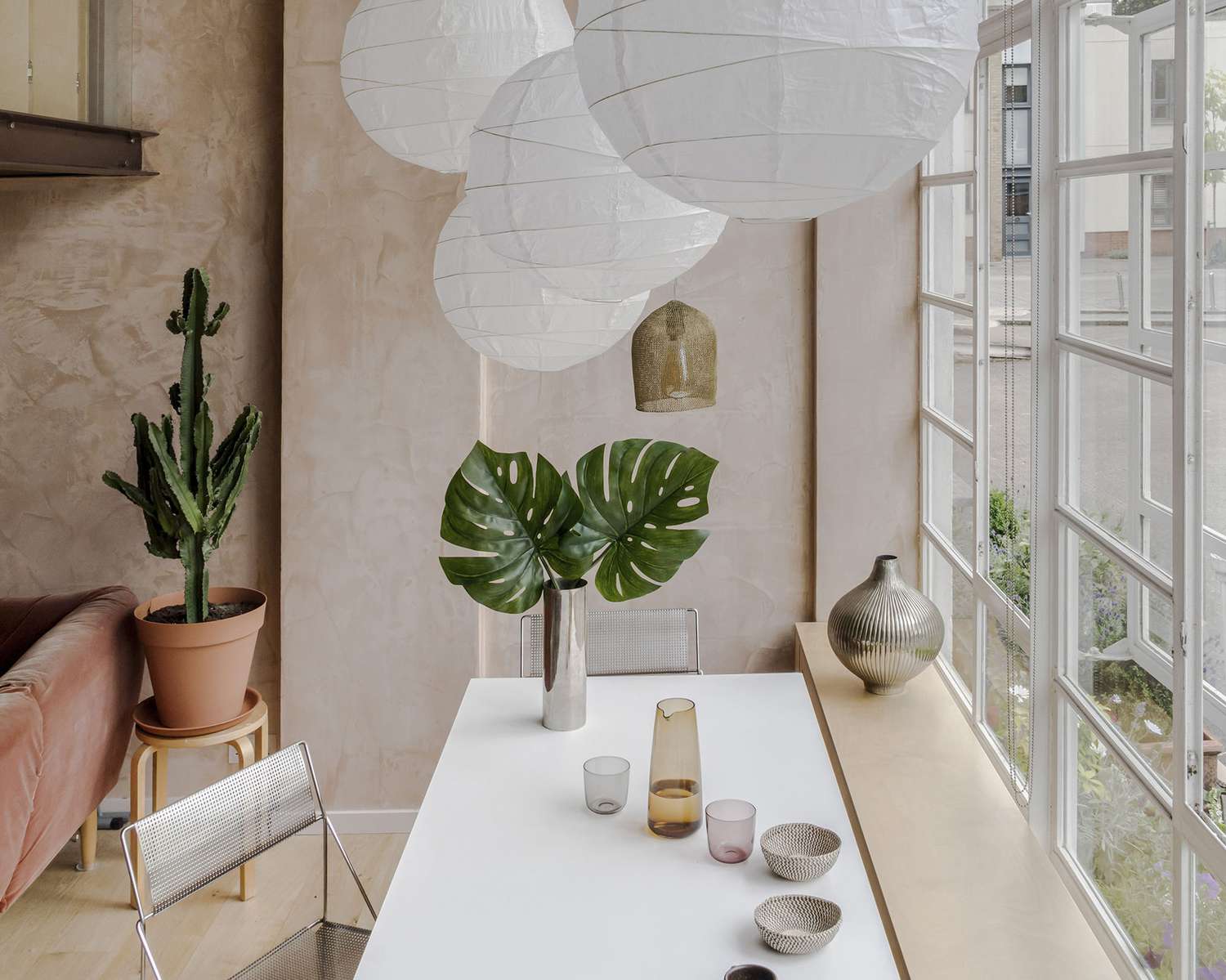Everywhere you look, there is a shortage of affordable housing in big cities all over the world. But building new housing isn’t necessarily the answer, as constructing from scratch involves much more upfront carbon emissions—all the embodied carbon that comes in the form of extracting, processing, transporting, and assembling materials into new structures. The so-called “carbon burp” can be significant, so much so that some experts are calling for a radical reduction in upfront emissions in order to help tackle the climate crisis. Rather, the answer may lie in retrofitting existing housing stock in cities and updating them to be more energy efficient and functional.
That’s certainly the case in London, England, where recent socioeconomic trends have led to higher housing costs and de-densification, along with an increase in vacant properties due to rampant real estate speculation. Instead of building new housing that is typically more expensive, renovating something older would do much more to tackle both the affordability and environmental crisis that cities like London now face.
For architect Louise Glynn, who is one half of the duo behind local architecture firm Studio 29, this meant revamping a small loft in a former factory into a cozy abode that she and her young child could call home. Located in the South London neighborhood of Bermondsey, the Alaska Building is a Victorian-era factory that was once the center of the seal fur trade and has now been converted into flats, all in close proximity to food markets and the river.
Tarry and Perry
When Glynn bought this particular studio apartment a few years ago, it came painted all in white and without any built-in storage. Glynn embarked on the process of converting it into a liveable space, facing challenges such as restrictions from the unfolding COVID-19 pandemic and staying within a tight budget of $40,000.
To keep costs low, the project makes the most out of its 16-foot-tall ceilings by using vertical elements like a cluster of ephemeral paper lanterns, while maximizing its open plan layout, which includes a sleeping mezzanine that can be closed off with accordion shutters.
Tarry and Perry
The project’s color palette is soft and inviting, comprised of rosy plastered walls with an earthy texture, light-colored elements made with birch plywood, and hints of warm chocolate brown to ground the scheme.
To remedy the initial lack of storage, there are delightful bits of hidden drawers and cabinets here and there, like this clever drawer that’s concealed under the entry landing. There is also storage that has been incorporated into the window bench, which also serves as extra seating for the table here.
Tarry and Perry
Additionally, vintage furnishings such as this set of chrome-plated Danish Magnus Olesun chairs from the 1970s help to add a designer touch to the space, while also emphasizing the wonderful infusion of natural light coming into the space.
Tarry and Perry
Over in the kitchen, we have cabinets and drawers faced with birch plywood, which helps to create a seamless and clean look. The dark brown ceiling helps to add definition, while also giving the illusion that it is receding into space, making the space seem bigger. Under-cabinet lighting is not only practical for seeing what one is doing, but helps to uplift the space further.
Tarry and Perry
The ground-floor bathroom has much of the same design ideas, with hues of coral and terracotta for the vanity, and chestnut tone for the ceiling to avoid what Glynn whimsically calls “sugar overloading”. It works well here, as the space feels soft, and well-lit enough, thanks to the long row of reflective mirrors that also hide plenty of storage space behind them.
Tarry and Perry
The stairs going up are evidently inspired by those vintage chrome chairs, and offer an angular and brightly lit counterpoint to the soft-toned walls.
Tarry and Perry
Upstairs, the sleeping loft feels restful and safe, thanks to the warm color scheme, and the warm textures of the birch plywood closet doors.
Tarry and Perry
To shield the loft from intruding light and noises, there is a set of Japanese-inspired birch plywood concertina doors, which can be closed for bedtime.
Tarry and Perry
By customizing parts of the build, and paying particular attention to materials and lighting in order to help define smaller zones in the overall space, the project manages to create a comfortable and functional home out of a space that no longer serves its original purpose. It might not seem like it, but preserving and retrofitting such buildings may indeed be an important form of climate action that cities all over the world should consider when tackling the intertwined crises of climate and housing. To see more, visit Studio 29.
